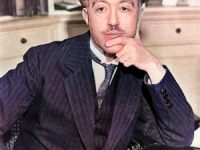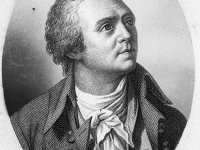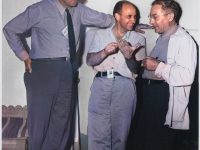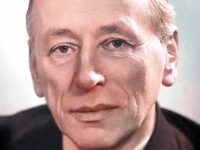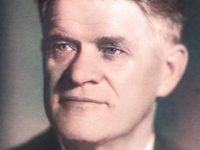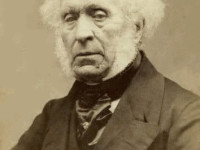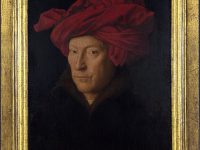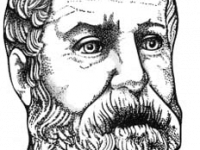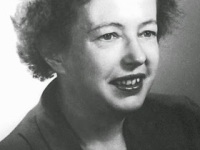Louis de Broglie and wave nature of matter
On August 15, 1892, French physicist and Nobel Laureate Louis de Broglie was born. He is best known for making groundbreaking contributions to quantum theory. He postulated the wave nature of electrons and suggested that all matter has wave properties. This concept is known as wave-particle duality or the de Broglie hypothesis. Louis de Broglie – Early Years Louis de Broglie attended the Lycée Janson of Sailly and decided to continue his…
Read more

